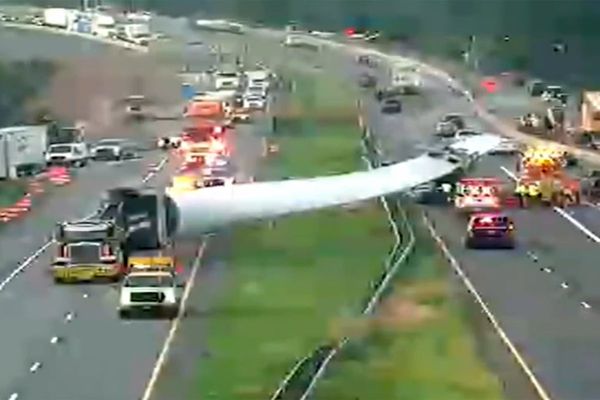
A project group led by the University of Tokyo's Institute for Cosmic Ray Research said Friday it has initiated new experiments to identify supernova explosions that occur in space by improving the capability of the Super-Kamiokande neutrino detector.
The project aims to gain insight into the mechanism behind this kind of massive explosion, which has been rarely observed, and also examine how the universe was formed.
The Super-Kamiokande detector was built about 1,000 meters underground in the mountains of Hida, Gifu Prefecture. It features a tank filled with 50,000 tons of pure water and a high-precision sensor that detects light occurring in the rare cases when neutrinos collide with water atoms.
Takaaki Kajita, director of the institute, discovered in 1998 that neutrinos have mass. The discovery earned him the Nobel Prize in Physics in 2015.
Supernova explosions, which emit large numbers of neutrinos, occur in various galaxies, but they were hard to distinguish from other reactions, making them difficult to observe.
The institute invested about 200 million yen to improve the experiments at the Super-Kamiokande by adding the rare metal gadolinium to the water. As a result, the light emission pattern associated with the burst of neutrinos is changed, making it possible to distinguish neutrinos.
Read more from The Japan News at https://japannews.yomiuri.co.jp/







